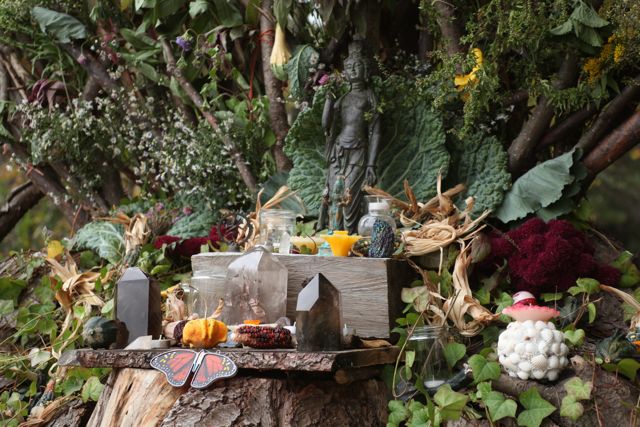 This is the last week of our 2012 CSA season. Thank you all for being members of our farm – it is incredible as a farmer to know that each week, you already have a market ready and waiting to enjoy your vegetables. We hope you enjoyed the produce, and have done our best to live up to and represent our idea of a successful model of relationship between farmer and consumer. If you liked what you got, please come back next year, and tell your friends, too! Thank you especially to our coordinators at each pick-up site. It would not have been possible without them.
This is the last week of our 2012 CSA season. Thank you all for being members of our farm – it is incredible as a farmer to know that each week, you already have a market ready and waiting to enjoy your vegetables. We hope you enjoyed the produce, and have done our best to live up to and represent our idea of a successful model of relationship between farmer and consumer. If you liked what you got, please come back next year, and tell your friends, too! Thank you especially to our coordinators at each pick-up site. It would not have been possible without them.
So now is when I’m supposed to sum up the season, put on paper for you the reflections I’ve been having as the once abundant field slowly empties, fallen leaves speckled the soil, and frost comes closer and closer to threatening. Here’s one: farming is hard. This season really made that apparent to me and Mimi. We’ve both been at it for awhile, now, but this season brought with it some extra challenges. Disease and pests are worse here in downstate New York than where we’re used to farming. Farming organically here might require a trickier repertoire of timing, sprays (we used none) and crop rotation. Maybe it was just a bad year and everyone contended with more. More bad years should be expected, though.
We also dealt with more physically than we have in the past, and kind of reached a breaking point. Producing enough food to feed you (and ourselves) on the amount of land we have here requires a special kind of agriculture that involves an intensive level of hands-on management. We often think of involvement with our food as the major positive aspect of the recent local food craze. Too much involvement from too few people, though, can create sore muscles and achy bones, problems that can eventually become chronic. More and more young people are becoming farmers, and many of them are like us – the don’t own land, they don’t have capital, and the major input they can afford to invest in producing food is themselves. And they can’t really afford to do that, either, after 5 or so years, because they also can’t afford health care.
Here’s what I’m thinking, I guess: we have to think long and hard about how we want to produce and consume our food. Many of you, I assume, signed up for our CSA because it supports a small farm that treats its land with respect, keeping in mind its impact on the environment and its ability to produce healthy food in the future. Corporate farming can damage to the environment, rural communities, and our health, and it is unsustainable on many levels. At the same time, I don’t think we have found a sustainable and viable alternative. This we produced a whole bunch of tasty fresh vegetables without too much input from fossil fuels and without much impact on the environment. But what about protein? What about grain? Where did you get that food? We’ve experimented with growing dry beans and peas, and different small grains including wheat, amaranth, corn, and quinoa. We have not, however, found a way to produce and sell these foods economically on our scale. The same is true for raising animals for meat, and in both cases, you would need many, many farms our size to produce enough responsibly raised meat and other protein to meet the demand for it in NYC (and our ultimate goal should be to raise the demand for it, too).
Besides all that, like I said, farming like this is hard. It’s rewarding, but I don’t think it’s sustainable. It’s not sustainable on our bodies, for one thing, and there are a host of other reasons we could not continue to produce the same amount of food on this piece of land without restructuring the model somehow. There’s a saying out there that came to me from some mentor or another: “Work smarter, not harder.” Farming with our hands and backs might be noble, but it’s farming with our heads that will get us somewhere. There are plenty of medium-sized farms out there providing significant amounts of food and protein that are also not contributing to soil degradation and environmental chemical load. There are farms doing creative things to manage their weeds, integrate renewable energies, and produce more with less. They do things as simple as building 8 ft. long rotating root washers, spacing their rows for easy weeding, and placing their wash stations next to their fridge. They might not be there yet, but there’s a whole set of farmers coming up with how to change our food system – how to find an appropriate size and mode of production that does not ignore economies of scale, but also does not abuse it. I aspire to manage one of those farmers.
With that, I deliver to you this week’s produce list:
Potatoes
Butternut squash
Parsnips or carrots
Cabbage or broccoli or mixed greens
Kale
Fennel
Hot peppers
Napa cabbage
Pac choi
Beets


